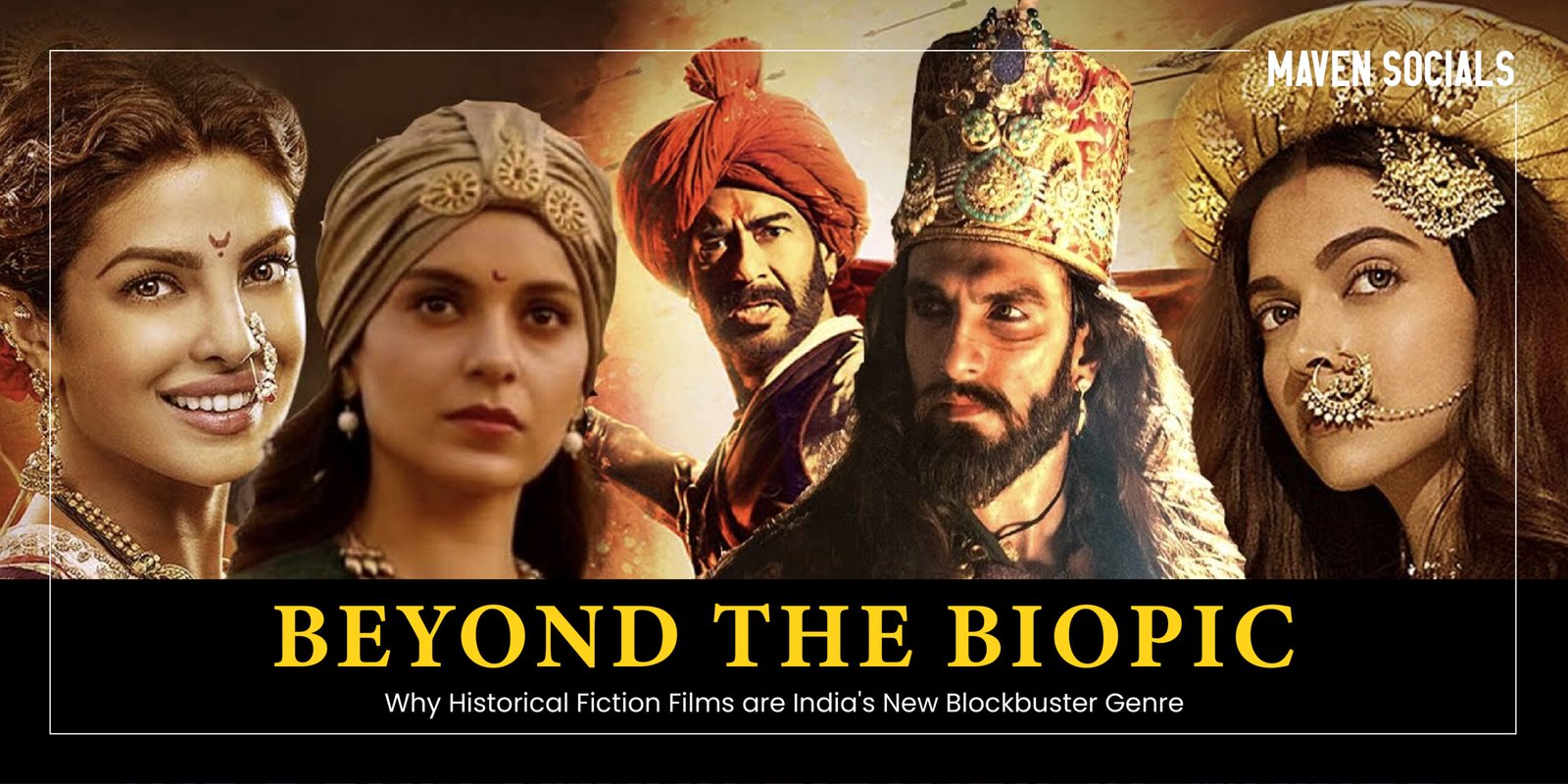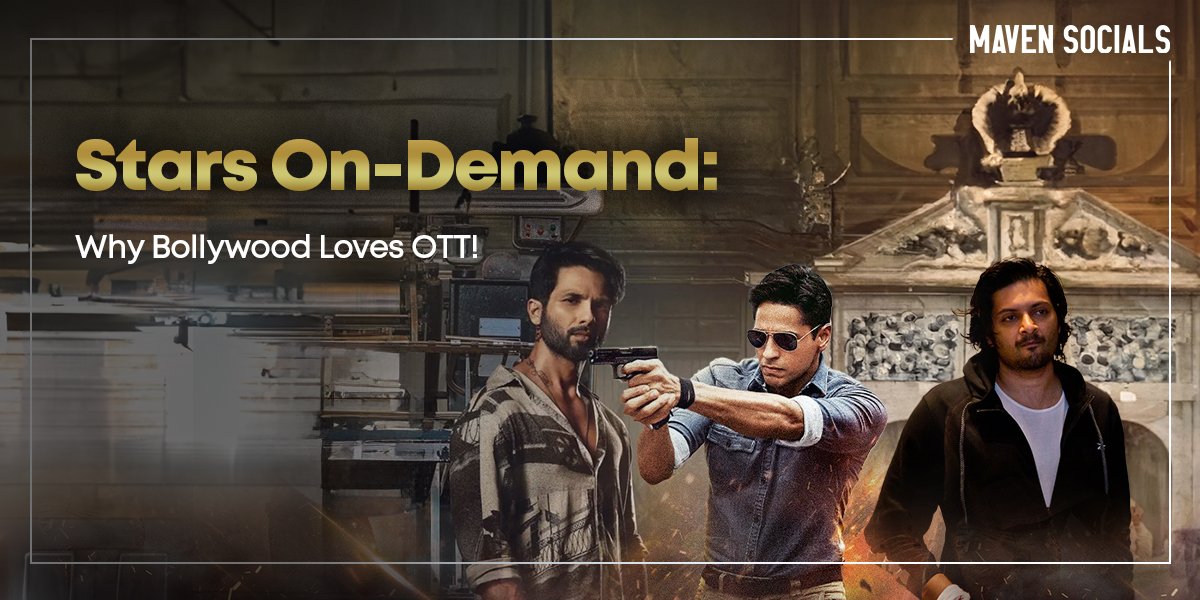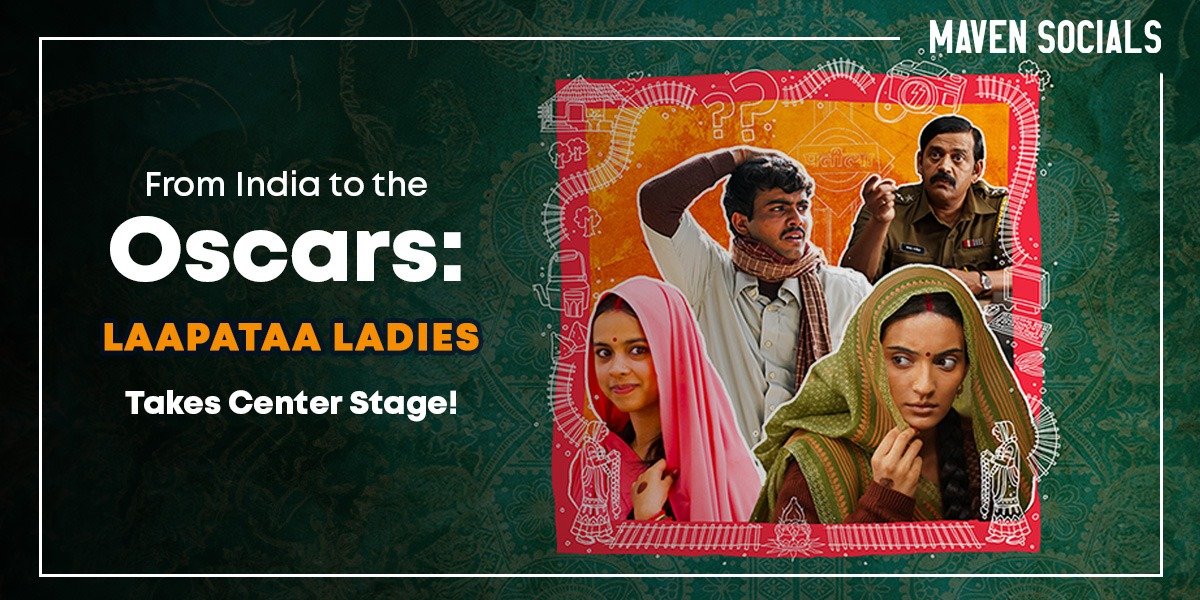The Indian film industry has witnessed a remarkable transformation in recent years, with historical fiction emerging as the most lucrative and critically acclaimed genre across regional cinemas. From the grandeur of Baahubali to the controversial brilliance of Padmaavat, these period dramas have redefined what it means to create a blockbuster in contemporary India. But what exactly is driving this unprecedented surge in historical storytelling, and why are audiences flocking to theaters to witness tales from centuries past?
The Golden Era: Recent Historical Fiction Successes That Changed Everything
Bollywood’s Historical Renaissance
The Hindi film industry has produced several game-changing historical fiction films that have not only dominated the box office but also sparked nationwide conversations. Padmaavat (2018), despite facing numerous controversies, earned over ₹585 crores worldwide, proving that audiences hunger for visually spectacular period dramas. Similarly, Tanhaji: The Unsung Warrior (2020) became one of the highest-grossing films of its year, collecting over ₹367 crores globally.
Panipat (2019) and Manikarnika: The Queen of Jhansi (2019) further demonstrated the genre’s commercial viability, even when facing mixed critical reception. These films established a template for successful historical fiction:
- Larger-than-life characters
- Stunning visuals
- Emotional storytelling rooted in Indian heritage
Regional Cinema’s Historical Masterpieces
The South Indian film industry has been equally revolutionary in this space. The Baahubali franchise (2015-2017) single-handedly elevated Indian cinema’s global standing, earning over ₹1,800 crores worldwide and proving that regional historical fiction could achieve pan-Indian and international success.
Tamil cinema contributed significantly with films like Ponniyin Selvan (2022), which brought Kalki Krishnamurthy’s epic novel to life, earning both critical acclaim and commercial success. Telugu cinema’s RRR (2022), though featuring fictional characters in a historical setting, became a global phenomenon, winning an Academy Award and grossing over ₹1,200 crores worldwide.
Marathi cinema hasn’t been left behind, with films like Pawankhind (2022) and Har Har Mahadev (2022) celebrating Maratha history and achieving remarkable success in regional markets.
The Great Debate: Historical Accuracy vs. Entertainment Value
The Filmmaker’s Dilemma
One of the most contentious aspects of India’s historical fiction boom is the ongoing debate about filmmakers’ responsibility when depicting historical events and figures. Directors like Sanjay Leela Bhansali, S.S. Rajamouli, and Ashutosh Gowariker face the challenging task of balancing historical authenticity with cinematic appeal.
The controversy surrounding Padmaavat highlighted this tension perfectly. While historians debated the existence of Queen Padmavati herself, audiences were captivated by the film’s visual splendor and emotional depth. This raises crucial questions: Should filmmakers be bound by historical accuracy, or do they have the creative license to reimagine the past for contemporary audiences?
The Entertainment Imperative
Many successful filmmakers argue that their primary responsibility is to entertain while respectfully portraying historical figures. RRR director S.S. Rajamouli openly acknowledged taking creative liberties with historical timelines and character interactions, emphasizing that the film was “a fictional story set in a historical context.”
This approach has proven commercially successful, suggesting that audiences are willing to accept some historical liberties in exchange for engaging storytelling and spectacular visuals. However, it also places a moral burden on filmmakers to avoid misrepresenting historical figures or events in ways that could mislead or offend.
The Academic Perspective
Film historians and academics advocate for a more nuanced approach, suggesting that historical fiction films should clearly distinguish between documented history and creative interpretation. Some propose including disclaimers or companion educational content to help audiences understand the difference between historical fact and artistic license.
The Spectacle Factor: Production Values That Define Success
Visual Grandeur as Box Office Gold
The success of Indian historical fiction films is intrinsically linked to their production values. These movies typically feature budgets ranging from ₹100-300 crores, with significant portions allocated to:
- Costumes
- Sets
- Visual effects
Baahubali 2, with its estimated budget of ₹250 crores, set new standards for Indian cinema’s visual capabilities.
The attention to detail in costume design has become a hallmark of successful historical fiction. Films like Padmaavat employed hundreds of artisans to create authentic period costumes, with some outfits costing lakhs of rupees. This investment in visual authenticity creates an immersive experience that justifies premium ticket prices and drives repeated viewings.
Music and Dance: Cultural Connectors
Historical fiction films have revolutionized the use of music and dance in Indian cinema. Songs like “Ghoomar” from Padmaavat and “Naatu Naatu” from RRR became cultural phenomena, extending the films’ reach beyond theaters into social media and popular culture.
These musical sequences serve multiple purposes:
- They showcase regional cultural traditions
- Provide emotional peaks in storytelling
- Create shareable content that enhances the films’ marketing reach
The fusion of traditional and contemporary musical elements appeals to multigenerational audiences, contributing significantly to these films’ broad appeal.
Technology and Authenticity
Advanced CGI and production design have enabled filmmakers to recreate historical periods with unprecedented accuracy and scale. Baahubali’s Mahishmati kingdom and RRR’s pre-independence India showcase how technology can transport audiences to different eras while maintaining emotional authenticity.
The Audience Connection: Why History Resonates Now
Nationalistic Pride and Cultural Identity
The success of historical fiction films reflects a broader cultural moment in India where audiences are increasingly interested in exploring their heritage and national identity. These films offer a sense of pride in India’s rich history, presenting heroic figures and glorious civilizations that counter colonial-era narratives of Indian inferiority.
Films celebrating figures like Chhatrapati Shivaji, Rani Lakshmibai, and Alluri Sitarama Raju tap into regional pride while contributing to a broader national narrative of courage, sacrifice, and cultural richness. This emotional connection transcends entertainment, creating a sense of collective identity and historical continuity.
The Mature Audience Factor
Unlike typical commercial entertainers that primarily target younger demographics, historical fiction films attract mature audiences who appreciate nuanced storytelling and cultural depth. This demographic is willing to pay premium prices for quality content and often brings families to theaters, creating a multi-generational viewing experience.
The success of these films among diaspora audiences worldwide also demonstrates their effectiveness in connecting people with their cultural roots, regardless of geographical boundaries.
The Future of Indian Historical Cinema
The remarkable success of historical fiction films has established them as a dominant force in Indian cinema’s future landscape. With upcoming projects like Prithviraj, Shamshera, and various regional historical epics in production, this genre shows no signs of slowing down.
The key to sustained success lies in:
- Balancing historical respect with creative storytelling
- Maintaining high production values
- Continuing to find fresh perspectives on India’s vast historical tapestry
As audiences become more sophisticated and globally connected, filmmakers who can successfully navigate the complex relationship between history, entertainment, and cultural pride will continue to dominate India’s box office.
The historical fiction boom represents more than just a trend—it’s a cultural renaissance that celebrates India’s past while defining its cinematic future. In an era of global entertainment options, these films prove that locally rooted, culturally authentic content can achieve both critical acclaim and commercial success on an unprecedented scale.
For more insights into Indian cinema trends and cultural analysis, visit MavenSocials.com














